How Fugitive Emissions in Canada Can Be Reduced By Oil and Gas Operations
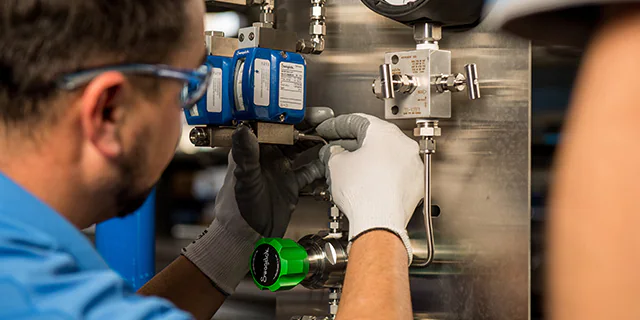 Addressing fugitive emissions at any stage of oil and gas production involves both symptomatic and preventive measures to correct any existing leak points while limiting future leak prevalence. The dual-pronged approach to reducing emission levels involves leak detection and repair (LDAR), alongside equipment with the necessary material properties to meet the complexities of the physical and chemical processes.
Addressing fugitive emissions at any stage of oil and gas production involves both symptomatic and preventive measures to correct any existing leak points while limiting future leak prevalence. The dual-pronged approach to reducing emission levels involves leak detection and repair (LDAR), alongside equipment with the necessary material properties to meet the complexities of the physical and chemical processes.
Legislation and regulation of fugitive emissions in Canada are rapidly changing to meet both future goals and benchmarks. Regardless of which sector a facility is operating in, working knowledge of upcoming changes in short- and long-term timeframes—coupled with best practices for LDAR and component selection—will only serve to benefit any operation in the intensifying battle against fugitive emissions.
Although the environmental weight of fugitive emissions has gained more precedence in recent years due to efforts to combat the effects of climate change, its role in any fluid system has always been antagonistic. At best, fugitive emissions represent a clear inefficiency in practice for any process. A significant leak could cause massive losses, to make no mention of the health and safety hazard it could pose to operators. Even leaks imperceptible to the human senses may contribute sizable emissions over their duration taken in aggregate. An important facet of LDAR is discovering these small leaks that would otherwise progress into larger leaks in time. In addition to any losses from the product itself, early leak detection carries other notable financial incentives: for Alberta operations, leaks that pose a danger to operators or above 10,000 ppm must be remedied within 24 hours as opposed to the normal 30-day timeframe.
Simply remaining on top of fugitive emissions has become more demanding in recent years as legislation has ramped up to match the magnitude of climate change. While the end goal of any of the new regulations is a reduction in fugitive emissions, how this is assessed as well as the scope vary significantly. The major driver has been the Joint Statement on Climate, Energy, and Arctic Leadership between Canada and the U.S. back in 2016, which set the target of 40-45% fugitive emission reduction of 2012 levels by 2025.

The 2016 Pan-Canadian Framework on Clean Growth and Climate Change bears notable weight for Alberta-based oil and gas operations. Provinces can provide alternative methods of fugitive emission reduction so long as they can meet or exceed the aforementioned fugitive emission goal. For Alberta, this framework manifests as the Alberta Agreement:
Oil and gas involves several processes that are as distinct as they are numerous. The benefits of an exhaustive LDAR inspection from end-to-end cannot be overstated, but it is also important to realize the common emitter points within an operation for quick identification and response. The following list is by no means comprehensive, but includes some system elements that are common noteworthy contributors to fugitive emissions.
| Upstream sources | Midstream & downstream sources |
|
|
There are a few general guidelines to best counter these fugitive emission sources. Electric pneumatic devices are an ideal solution, but even in processes where electricity is unavailable pneumatic tools can be switched to low-bleed designs or vapour recovery systems can be employed. The seal and packing of compressors can be checked and reinforced if needed, and an emission capture is also an option. The minimum leak detection rate of LDAR sensors can be reduced to focus on the greatest fugitive emission sources, or increased to find more leaks. Curtailing fugitive emissions involves a preventative approach to all equipment and maintenance, but beyond meeting emission guidelines it offers a benefit to operators in the form of improved system efficiency and product retention.
Simply put, where seals fail, fugitive emissions emerge. Across the spectrum of oil and gas operation processes, seals are a necessity not just to form a barrier but also for compression and pumping procedures. Seal support systems protect rotating equipment from temperature and pressure values outside of their operating ranges and lubricate seal surfaces to minimize permeability while maintaining the condition of the materials in contact. Additionally, by flushing the fluid of the seal system at regular intervals, contamination and residue build-up that may otherwise affect the action of the seal is purged. To suit the particular need of the process in question, the following considerations come into play:
Seal support systems can be set up in a near dizzying amount of configurations; to assist in the design flow and installation, API has defined three styles of classification for ease of identification. The three classifications—process side seals, between seals, and atmospheric side seals—lead to more specific roles in industrial usage:
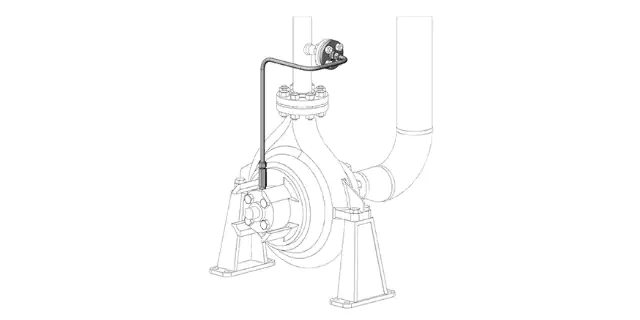
Process Side Seal |
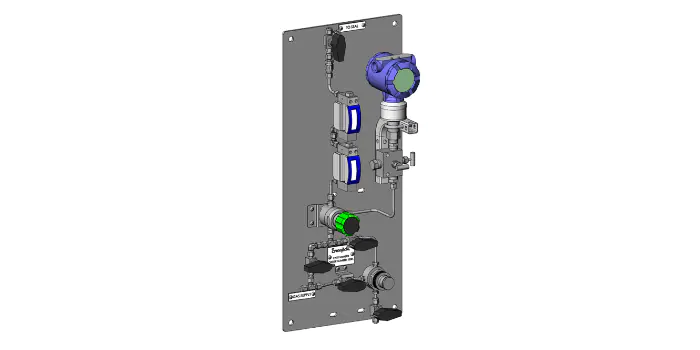
Between Seal |
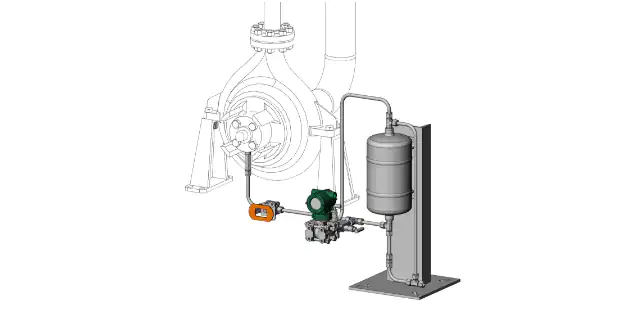
Atmospheric Side Seal |
Through the lens of fugitive emissions, between seals offer a distinct advantage with their increased resistance to leakage. The resilience arises from some notable design features, such as the presence of the lubricating fluid separate from the process fluid that is pressurized above the process fluid (barrier) or below the process fluid (buffer). A pumping ring circulates fluid between the seal and its reservoir to properly manage thermal stress and prevent material wear.
As no seal can be entirely leakproof, there must be a flare or vapour collection system in place to prevent process fluid from migrating into the reservoir where it can cause issues by increasing the fluid level and the pressure contained therein. There is even something of an LDAR silver lining in maintenance when it comes to between seals: an increase in the pressure or fluid level of the reservoir or a lack of 1-2oC temperature drop across the seal inlet and outlet could indicate the presence of a leak in the system.
Fugitive emissions in Canada are a pressing issue for all steps and stages of oil and gas operations, and the importance of managing fugitive emissions will only grow with time. Rectifying leaks in your fluid system is a three-birds-with-one-stone solution: you can increase efficiency, protect the health and safety of your operators, and ensure your emissions remain below limits set by government agencies.
The proper operation of your seal support system will provide plenty of fugitive emissions savings, and an Edmonton Valve & Fitting Field Advisor can collaborate with your team to provide LDAR services to your seal support system and other components of your fluid system. We all benefit from an operation curbing its fugitive emissions, and the more proactive one is in preventing, detecting, and alleviating leakage, the more we all stand to gain.
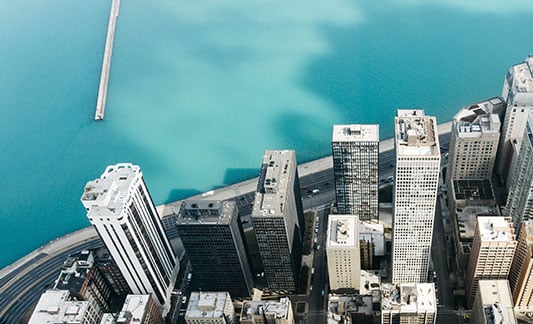
Lorem ipsum dolor sit amet, consectetur adipiscing elit. Suspendisse tempor nisi ut vehicula commodo.
Learn More →
Lorem ipsum dolor sit amet, consectetur adipiscing elit. Suspendisse tempor nisi ut vehicula commodo.
Learn More →
Lorem ipsum dolor sit amet, consectetur adipiscing elit. Suspendisse tempor nisi ut vehicula commodo.
Learn More →
Lorem ipsum dolor sit amet, consectetur adipiscing elit. Suspendisse tempor nisi ut vehicula commodo.
Learn More →
Lorem ipsum dolor sit amet, consectetur adipiscing elit. Suspendisse tempor nisi ut vehicula commodo.
Learn More →
Lorem ipsum dolor sit amet, consectetur adipiscing elit. Suspendisse tempor nisi ut vehicula commodo.
Learn More →
Lorem ipsum dolor sit amet, consectetur adipiscing elit. Suspendisse tempor nisi ut vehicula commodo.
Learn More →
Lorem ipsum dolor sit amet, consectetur adipiscing elit. Suspendisse tempor nisi ut vehicula commodo.
Learn More →
Lorem ipsum dolor sit amet, consectetur adipiscing elit. Suspendisse tempor nisi ut vehicula commodo.
Learn More →Swagelok is a $2B developer of industrial fluid system products and services. Swagelok Edmonton is an authorized Swagelok Sales and Service Centre serving Canadian companies in clean energy, chemical, oil and gas, and other industries. Proud member of the Canadian Council for Aboriginal Business.
Tel: 780-437-0640.
Swagelok Edmonton values your privacy. This website uses cookies to enhance user experience and analyze performance and traffic. Our policies are posted here.
Login/Register | Privacy | Safe Selection | Centre Locator | Sitemap | Legal
© 2012-2024 Edmonton Valve & Fitting Inc.